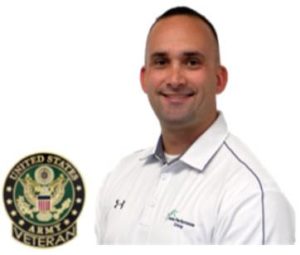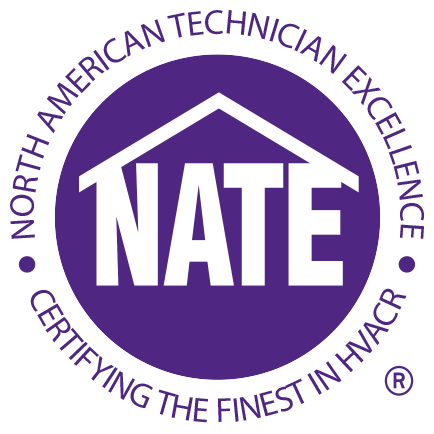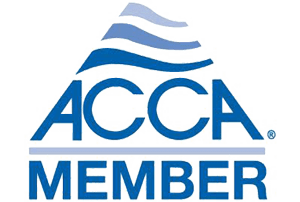Why Choose a Ground-Source Heat Pump?
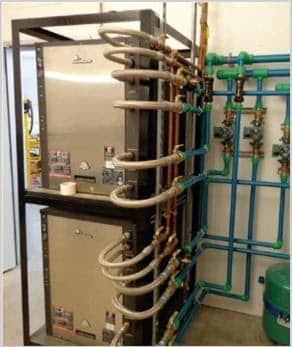 According to NREL (National Renewable Energy Laboratory), GSHPs (Ground-Source Heat Pumps) are a well-established economical heating and cooling system for most buildings. The U.S. DOE (Department of Energy) published a fact sheet to help those considering installation of a geothermal heat pump technologies. The key benefits include reduced noise levels measured both in STC and IIC, relatively few moving parts and no outside equipment subject to extreme temperatures and weather, design flexibility in that a ground-source heat pump can provide both air and radiant heating and cooling, and finally, ultra-energy efficiency. Based on research of the U.S. EPA (Environmental Protection Agency), geothermal heat pumps are well suited for anticipated future climate conditions.
According to NREL (National Renewable Energy Laboratory), GSHPs (Ground-Source Heat Pumps) are a well-established economical heating and cooling system for most buildings. The U.S. DOE (Department of Energy) published a fact sheet to help those considering installation of a geothermal heat pump technologies. The key benefits include reduced noise levels measured both in STC and IIC, relatively few moving parts and no outside equipment subject to extreme temperatures and weather, design flexibility in that a ground-source heat pump can provide both air and radiant heating and cooling, and finally, ultra-energy efficiency. Based on research of the U.S. EPA (Environmental Protection Agency), geothermal heat pumps are well suited for anticipated future climate conditions.
Unmatched Performance of Ground-Source Heat Pumps
Air temperatures in the Kansas City region swing wildly throughout the year. According to the National Weather Service, in the last 40 years, the hottest recorded temperature for Kansas City was 109 degrees F with the lowest coming at negative 23 degrees F. That is a temperature range of 132 degrees! ACCA (Air-Conditioning Contractors of America) specifies an HVAC designer use ASHRAE (American Society of Heating, Refrigerating and Air-Conditioning Engineers) 99% outdoor dry bulb temperature when sizing equipment according to Manual J standards. In the Kansas City area, the outdoor design air temperatures are 9 degrees for heating and 93 degrees for cooling, still a considerable 84-degree temperature variation. The key difference between an ASHP (Air-Source Heat Pump) and a ground-source heat pump is the medium used to extract or sink heat into. An air-source heat pump attempts to extract heat from 9-degree winter air, 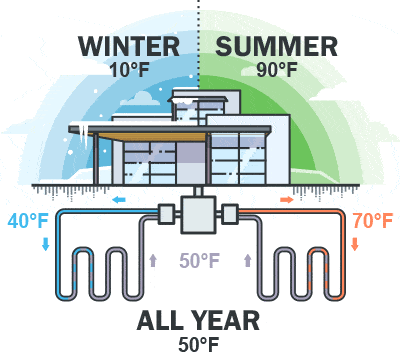
There are four types of earth loop options available for a Ground-source heat pump systems. In the Kansas City region, our two primary options are horizontal and vertical loops. The decision as to which loop is best primarily focuses on space.
Benefits of Ground-Source Heat Pumps
The U.S. Environmental Protection Agency sponsored a study to assess the impact of increasing severe weather events on shelter. The paper forecast increases both in frequency and severity of weather events through the end of the century. Specifically, the number of days per year outdoor temperatures exceed 90 degrees F and accompanied by extreme rainfall events. Given the assessment of anticipated air temperature changes over the coming years, ground-source heat pump installations are well suited for a future with climate change. Because geothermal heat pumps do not rely on outdoor air temperatures and instead use steady earth temperatures the system will provide a durable and reliable heating and cooling solution into the future.
Traditional air-conditioners and air-source heat pumps are ubiquitous, everyone has seen the dirty and often rusted box sitting outside next to their home. Ground-source heat pumps have no outside equipment and instead use buried underground earth loops sheltered from the harsh outdoor environment. Because GSHP equipment is protected from hail, wind, rain and extreme temperatures the system requires less maintenance, has a longer lifecycle between replacements, and provides more reliable operation.
Geothermal heat pumps provide exceptionally quiet operation as compared to other forms of heating and cooling. The ground source heat pump uses no outside coil and fan equipment, and provides sound dampening for the interior unit rendering operation virtually silent.
Ground source heat pumps offer more design flexibility than other HVAC systems. Specifically, GSHPs can provide a large percentage of domestic hot water at no cost. The desuperheater extracts excess heat from the system that otherwise would be transferred into the earth during the summer. Additionally, the heat pump can be coupled with a radiant distribution system. During winter months, hot water is delivered to the floor providing heated floors, and during the summer chilled water can be delivered to the ceiling to provide sensible cooling. Finally, like traditional HVAC, a ground-source heat pump can provide both heated, cooled, and dehumidified air year-round. These design options offer the homeowner multiple solutions to comfort while maximizing efficiency and minimizing pollution.
Multiple ratios exist to describe heating and cooling system performance. COP (Coefficient of Performance) evaluates system efficiency and is particularly suited for heating performance of heat pumps. EER (Energy Efficiency Ratio) 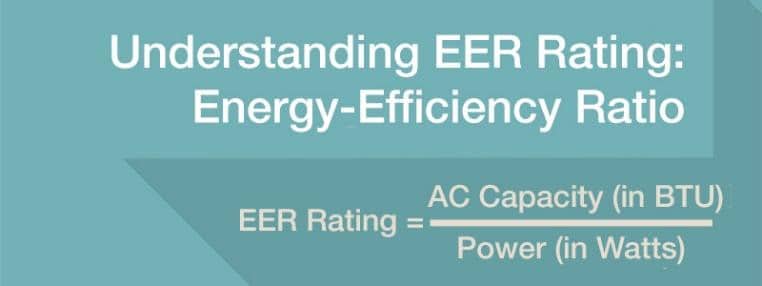
All heat pumps have the ability to produce both heating and cooling and therefore are rated in terms of both COP and EER. A ground-source heat pump can achieve COP efficiencies of 4.7 in heating, and 32 EER in cooling. In comparison, a standard air source heat pump may reach a heating COP of only 3.8 with dramatically lower cooling EER of 15, and suffer efficient loses with extreme outdoor temperatures. Although standard air-conditioners do not provide heating, a comparison of their cooling EER can be made. The most common system installed generally operate at an anemic 11 EER. The bottom line: ground source heat pumps perform exceptionally better than any other HVAC system available both in terms of heating and cooling efficiency.
Home Performance Group Geothermal Heat Pumps in Kansas City
If you are building a new home or seeking an energy retrofit for an existing home, explore ground-source heat pumps with your contractor. In addition to the intrinsic benefits above, there are numerous rebates and credits available from utility providers, and state and federal governments. Available incentives in many cases make geothermal heat pumps less expensive than high pollution, inefficient heating and cooling systems.
At Home Performance Group, we continue to operate at the cutting edge of heating, cooling, electrical and plumbing technology. We invest in technical training so our team can accurately design, specify and install ground-source heat pumps. Our in-home consultations are no cost, and with a system purchase include a copy of the system design. Alternatively, if you choose not to buy from us, we can provide you the load calculation and design for a nominal fee.
If you are interested in a no-cost in-home consultation, schedule with a Solutions Advisor today.

Article by Larry L. Motley Jr., 30 August 2021
Larry is a graduate of both Wentworth Military Academy and Missouri Western State University earning a double bachelor’s degree in Economics and Finance. Additionally, he maintains six professional tradesman licenses in two states and advanced credentialing in green technology, project and program management, and process improvement. Larry is a three-time combat veteran having served in Operation Iraqi Freedom, Operation New Dawn, and Operation Inherent Resolve. He continues to serve through a value-based building science company focused on providing clients the best design, highest quality installation, and most honest repair services in the community.


Featured Service Areas:
| Missouri | Kansas | ||||
|---|---|---|---|---|---|
|
Belton Blue Springs Cameron Excelsior Springs Gladstone Holt |
Independence Kansas City Kearney Lathrop Lawson Lee's Summit |
Liberty North Kansas City Parkville Platte City Plattsburg Polo |
Raytown Riverside Smithville Sugar Creek Weston |
Kansas City Lansing Leavenworth Leawood Lenexa |
Merriam Mission Mission Hills Praire Village Shawnee |



